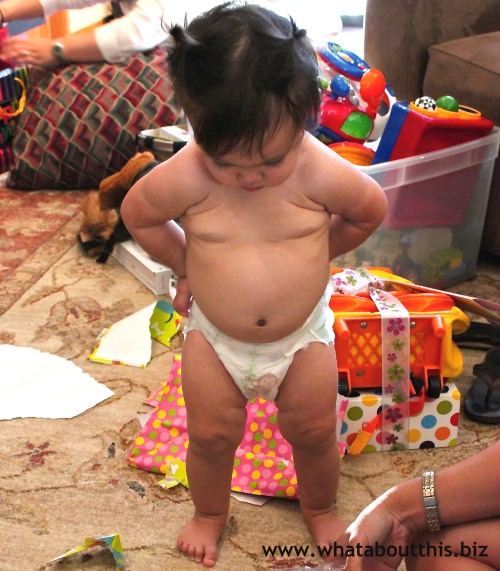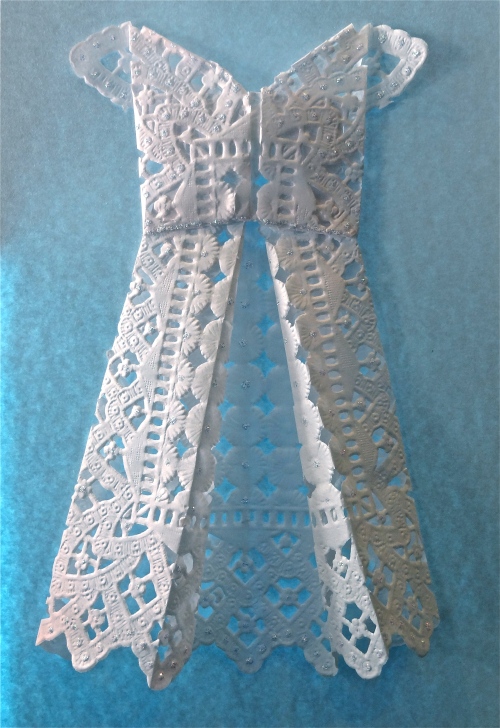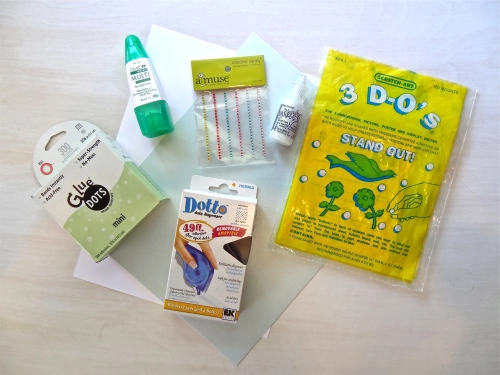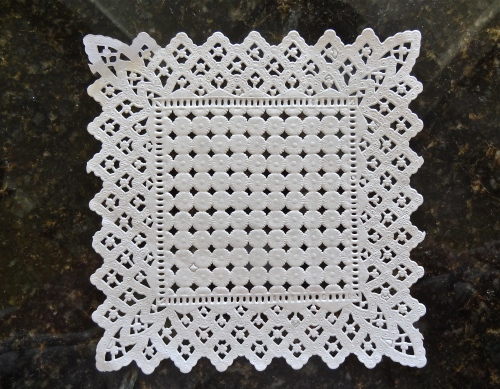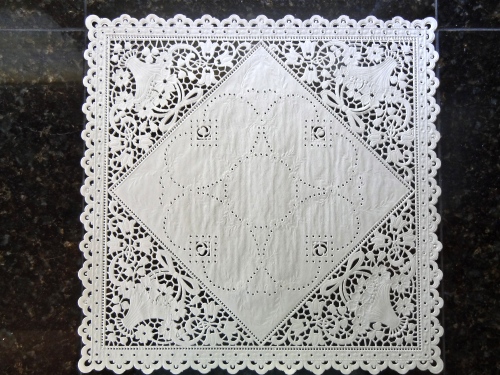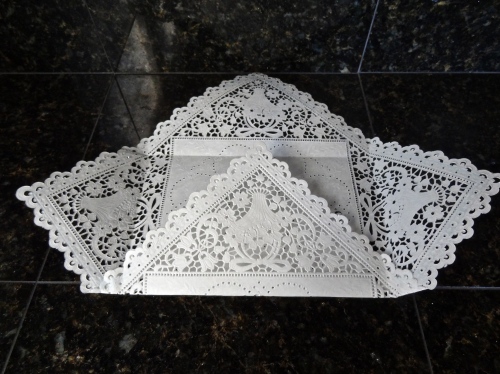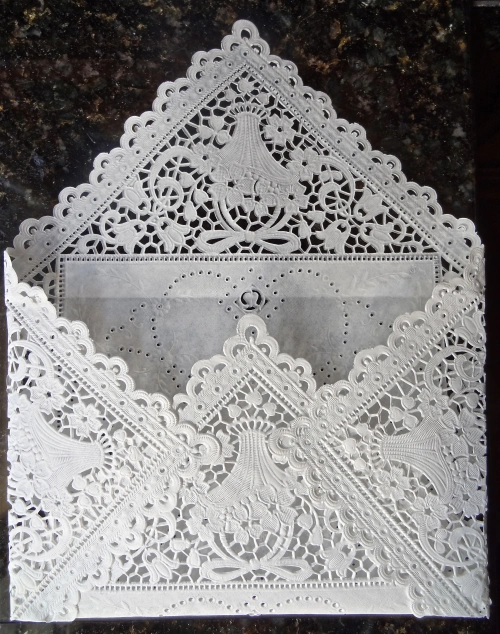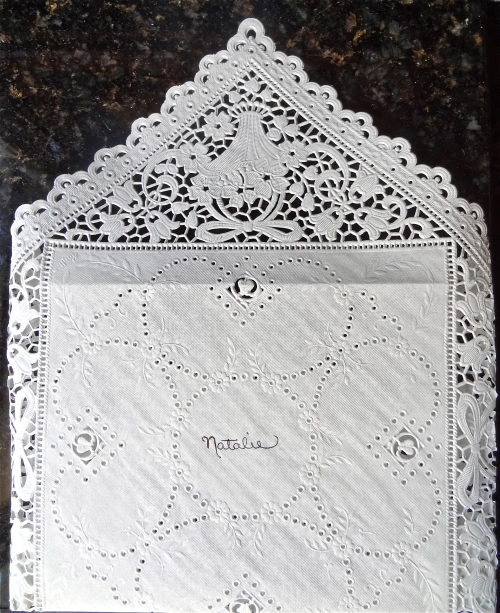 Late-night cravings and weight gain are taking their toll on my body. Tell me again, when is the baby due? With months to go, my daughter-in-law’s pregnancy seems to be progressing far too slowly for this excited Chinese grandma or Yin Yin, as I will be called. In an effort to curb my sympathetic pregnancy symptoms (did I already mention late-night cravings and weight gain?) and to use some of my anticipatory energy, I’ve started making things for my upcoming grandbaby. Not wanting to appear self-obsessed, but still wanting to convey the love that went into each handmade piece, I decided to create my own fabric labels. After a little online search, I came across a helpful article on the wonderful site lil blue boo. I don’t know and I don’t care whether the baby is a boy or a girl, but I do know that he or she has already captured my heart!
Late-night cravings and weight gain are taking their toll on my body. Tell me again, when is the baby due? With months to go, my daughter-in-law’s pregnancy seems to be progressing far too slowly for this excited Chinese grandma or Yin Yin, as I will be called. In an effort to curb my sympathetic pregnancy symptoms (did I already mention late-night cravings and weight gain?) and to use some of my anticipatory energy, I’ve started making things for my upcoming grandbaby. Not wanting to appear self-obsessed, but still wanting to convey the love that went into each handmade piece, I decided to create my own fabric labels. After a little online search, I came across a helpful article on the wonderful site lil blue boo. I don’t know and I don’t care whether the baby is a boy or a girl, but I do know that he or she has already captured my heart!
SUPPLIES
SuperSoft Inkjet Transfer Paper
Ink jet printer
Iron
Ironing board
Pillowcase
Scissors
Assorted ribbon, optional
DIRECTIONS
1. Design your tag, logo, etc. on a computer.
2. Fill a page with different sized fonts of your design to suit your purposes. My font sizes ranged from 16 to 36. 
3. Flip your page of designs on the computer, because you will need a reverse image to print on the transfer paper. 
4. Print a test sample using plain paper.
5. Stick a sheet of transfer paper into your printer and print according to the manufacturer’s suggestions. The light blue side is the back side of the paper. Do not print on this side. 
6. Using scissors or a paper cutter, cut into tag-sized pieces.

7. Follow manufacturer’s instructions to transfer image to fabric.
LINNELL’S NOTES
1. I used Pages to reverse the image, because I didn’t know how to do it using Word.
2. I recommend printing a sample of your design page on plain paper first, before printing on the transfer paper. Doing this, you will be able to see any mistakes, any need for color adjustment, spacing issues, etc.
3. Make sure to use an old pillowcase to iron on and to protect your ironing board, because scorching from the iron may occur and excess adhesive may stick to the pillowcase.
4. I purchased the SuperSoft Inkjet Transfer Paper through the Dharma Trading Company.
5. This particular transfer paper is soft enough to be used as a “tagless” tag. Transfer image directly onto fabric, instead of ribbon.
Add a nice finishing touch to your handmade gifts by creating your own fabric tags!
